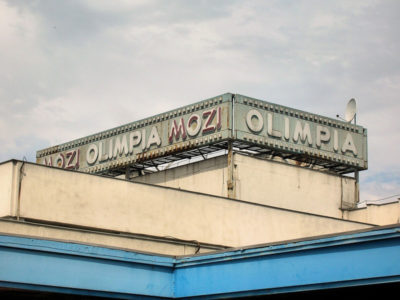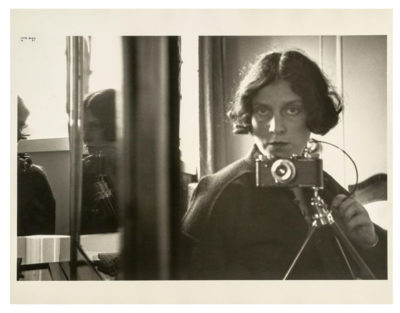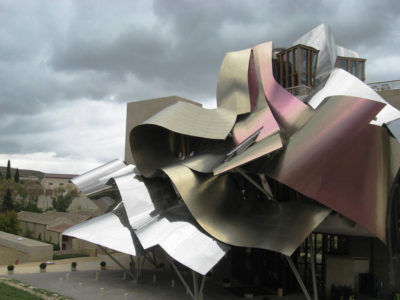Imre Makovecz
Hungarian architect 1935-2011
Legacy can be complicated – everything that caught the attention of the architectural world was always destined to catch the attention of a right-wing political leadership. Imre Makovecz has become something of a darling of Victor Orbán’s political party. He drew inspiration from nature and Hungarian folk culture and interpreted these themes with immense national pride which appeals greatly to Nationalists.
Makovecz came from a modest background, the son of a carpenter, growing up in the village of Nagykapornak, a few hours from Budapest. He studied architecture at TU Budapest and found success working for Szövterv – the state-run architecture office in the 1960s. His first specialisation was restaurant design and the Berhida Restaurant is recognised as an early example of his design vision. Frequently described as a ‘maverick’, his anthroposophical architecture embodied the teachings of Rudolf Steiner and the ideas of Frank Lloyd Wright’s organic architecture. What became clear was that his designs were always unexpected, abstract, organic and functional. His love of wood clearly a nod to his childhood. Makovecz freely mixed modernist ideas with folk architecture for example topping a modernist building off with a thatched roof. His reputation for creating otherworldly buildings grew as did his overseas fan base, Prince Charles and Frank Gehry amongst them, He noted
“a building that looks like it was formed by the forces of nature to one that’s based on some theory, even if made from the best materials.”
In 1976 he was banned from working in Budapest, a lifelong devout Catholic and anti-communist, he was always bound to brush up against the authorities, forced to move to the northern city of Visegrád in Pest County.
After communism collapsed his commissions grew and it is here that he came into close contact with Victor Orbán who commissioned him to build a football academy in Orbán’s home city. Internationally, one of his most widely seen buildings was the Hungarian Pavilion at the 1992 Expo in Seville, described by the New York Times in glowing terms
“Imre Makovecz’s Hungarian pavilion, widely regarded as the most inventive structure at Expo ’92 here, soars free from the fair’s architectural cacophony like some dizzy fantasy,”*
Makovecz revealed his inner thoughts and that he was a fan of WW2-era Hungarian leader, Miklós Horthy, Nazi stooge in later life in a series of interviews. In 2022 the Makovecz Museum and Archive opened to ‘serve the living intellect’ of its namesake. In his address opening the museum, PM Orbán noted the architect’s oeuvre ‘is the basis of the spirit that Makovecz found in the deepest layers of Hungary’s national culture and presented to us in the purest form’.
Amongst his achievements and more than 250 buildings:
Berhida Restaurant 1964
Bodrog Department Store, Sárospatak, Hungary 1969
Appointed Editor of Architectural Review
Holy Spirit Church of Paks, Hungary 1987
Church in Százhalombatta, Hungary 1995
Cultural Centre at Sarospatak 1982
Ski lodge Dobogókő
Farkasréti Cemetery, Budapest 1975
Village Zalaszentlászló
Church in Csíkszereda, Romania 2001
Honorary Fellow RIBA 1997
Designed the Hungarian Pavilion for Expo 1992
Recipient of France’s Gold Medal Académie d’Architecture 1997
Founder Hungarian Art Academy 1992
Ferenc Puskás Academy of Soccer in Felcsút (in the home city of Victor Orbán)
*quote sourced with thanks to Offbeat Budapest







